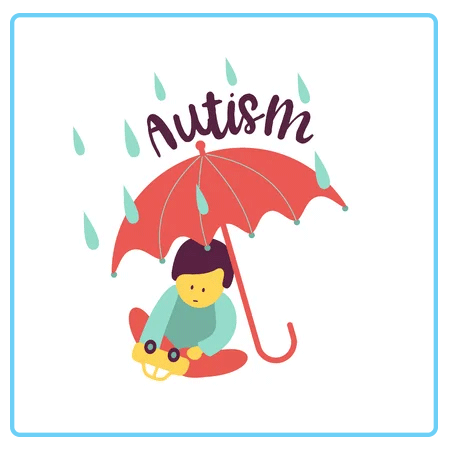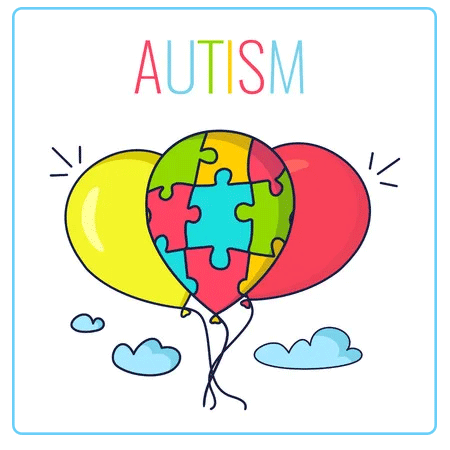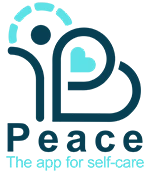Autism Spectrum Disorder (ASD) is a term used to describe a group of neurodevelopmental disorders. These disorders are characterized by communication and social interaction problems. People with ASD often show limited and repetitive symptoms or behavioral patterns.

ASD is found in people all over the world, regardless of race, culture or economic background. Autism is more common in boys than girls. Evidences indicate that ASD cases are on the rise. indeed, experts debate whether there is a real increase in cases or only repeated diagnoses occur.
What are the different types of autism?
The DSM (Diagnostic and Statistical guideline of Mental Disorders) is published by the American Psychiatric Association (APA) and is used by physicians to diagnose a variety of psychiatric disorders. The fifth and newest version of DSM was released in 2013. The DSM-5 currently identifies five subtypes of ASD:
- With or without mental disorders
- With or without language disorder
- Associated with a known medical or genetic disease or an environmental factor
- Along with a neurological, mental or other behavioral disorder like depression
- With Catatonia (Ecstasy)
A person can have one or more of these diagnoses.
Prior to DSM-5, individuals with the autism spectrum were diagnosed by one of the following disorders:
- Autism disorder
- Asperger’s syndrome
- Unclassified Growth Disorder (PDD-NOS)
- Childhood disintegrative disorder
According to the DSM-5, the broader diagnosis of ASD includes disorders such as Asperger’s syndrome.
What are the symptoms of autism?
Symptoms of autism are usually seen in early childhood, between 12 and 24 months. However, the symptoms may appear sooner or later. Early symptoms may include significant language delays or social progress. The DSM-5 divides the symptoms of autism into two categories: communication and social interaction problems, and limited or repetitive patterns of behavior or activity.
Problems of communication and social interaction include the following:
- Communication issues, including problems sharing emotions, sharing interests, or maintaining previous and subsequent conversation
- Nonverbal communication problems, such as difficulty maintaining eye contact or reading body language
- Difficulty in developing and maintaining relationships
Limited or repetitive patterns of behavior or activities include:
- Repetitive movements or speech patterns
- Strict adherence to specific routines or behaviors
What causes autism?
The exact cause of ASD is unknown. The latest research shows that there is no single cause.
Some risk factors for suspected autism include:
- Having a first-degree family member with autism
- Genetic mutations
- Fragile X syndrome and other genetic disorders
- Having older parents
- Low birth weight
- Metabolic imbalance
- Exposure to heavy metals and environmental toxins
- History of viral infections
- Exposure of the fetus to valproic acid (Depakene) or thalidomide
According to a study by the National Institute of Neurological Disorders and Stroke (NINDS), both genetic and environmental factors may play a role in determining whether a person has autism. However, numerous sources have concluded that the disorder is not caused by a vaccine. A controversial study in 1998 found a link between autism and the measles, mumps and rubella (MMR) vaccine. However, this study was criticized by other research and was finally rejected in 2010.

Autism Diagnosis Tests
Growth screening tests and other tests such as genetic tests and behavioral and verbal assessments are used to diagnose autism.
Developmental screening
The American Academy of Pediatrics (AAP) recommends that all children between the ages of 18 and 24 months should be tested for autism spectrum disorder.
Screening can be helpful in early diagnosis of autism. The Modified Checklist for Autism in Toddlers (M-CHAT) is a common screening tool for diagnosing autism. This tool is a 23-item questionnaire that parents must complete. Doctors can use parental responses to determine if a child is at risk for autism spectrum disorder.
You should keep in mind that screening is not a diagnosis. Children who test positive for a screening test do not necessarily have autism. Moreover, screening sometimes does not detect autism in children.
Screening and other tests
Your child’s doctor may prescribe a combination of several tests to diagnose autism, such as:
- DNA testing for genetic diseases;
- Behavioral evaluation;
- Visual and auditory tests to rule out vision or hearing problems not related to autism;
- Occupational therapy screening;
- View Scheduled Diagnosis of Autism (ADOS).
These diagnoses are usually made by a team of experts. This team may include child psychologists, occupational therapists, or verbal and linguistic pathologists.
How is autism treated?
There is no cure for autism, but psychologists and psychiatrists believe that treatments and other therapeutic considerations can help people feel better or reduce their symptoms.
Many therapeutic approaches include treatments such as the following:
- Behavior therapy
- Play Therapy
- Occupational therapy
- Physiotherapy
- Speech Therapy
Massage, heavy blankets and clothing, and meditation techniques may also have relaxing effects. However, the treatment results will be different. Some people in this range may respond well to certain treatment approaches, while others may not.


